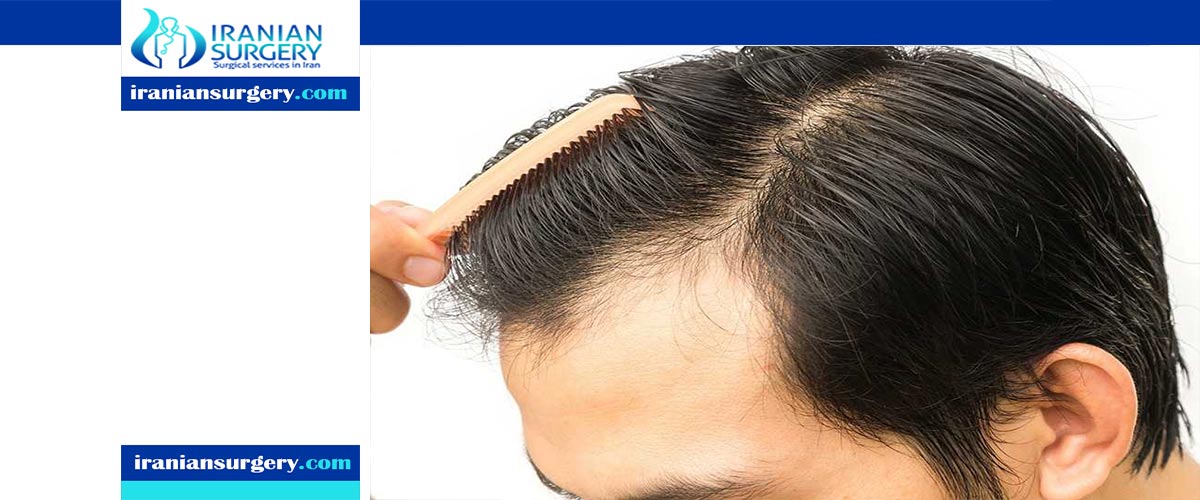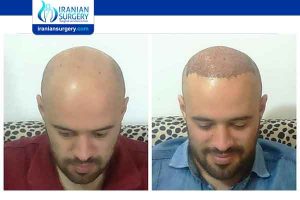Hair transplant surgery time

Hair transplant surgery time
What Is a Hair Transplant?
It's a type of surgery that moves hair you already have to fill an area with thin or no hair. Doctors have been doing these transplants in the U.S. since the 1950s, but techniques have changed a lot in recent years.
You usually have the procedure in the doctor's office. First, the surgeon cleans your scalp and injects medicine to numb the back of your head. Your doctor will choose one of two methods for the transplant: follicular unit strip surgery (FUSS) or follicular unit extraction (FUE).
With FUSS, the surgeon removes a 6- to 10-inch strip of skin from the back of your head. He sets it aside and sews the scalp closed. This area is immediately hidden by the hair around it.
________________________________________________________________________________________
Plan your Hair transplant in Iran with the Best Hair transplant doctor.
Iranian Surgery is a medical tourism company in Iran that cooperates with the best Hair transplant doctors, specialists and Hair transplant clinics in Iran and offers world-class treatments at an affordable cost.
_________________________________________________________________________________________

Read more about : Hair transplant in Iran before and after
Read more about : Hair transplant surgery, Before and after procedure Video
Read more about : Hair transplant surgery, Before and after procedure Video
Next, the surgeon’s team divides the strip of removed scalp into 500 to 2,000 tiny grafts, each with an individual hair or just a few hairs. The number and type of graft you get depends on your hair type, quality, color, and the size of the area where you’re getting the transplant.
If you’re getting the FUE procedure, the surgeon’s team will shave the back of your scalp. Then, the doctor will remove hair follicles one by one from there. The area heals with small dots, which your existing hair will cover.
After that point, both procedures are the same. After he prepares the grafts, the surgeon cleans and numbs the area where the hair will go, creates holes or slits with a scalpel or needle, and delicately places each graft in one of the holes. He’ll probably get help from other team members to plant the grafts, too.
Depending on the size of the transplant you’re getting, the process will take about 4 to 8 hours. You might need another procedure later on if you continue to lose hair or decide you want thicker hair.
How long does a hair transplant surgery take?
The duration of the Hair Transplant is dependent on multiple factors. Depending on the size of the transplant you're getting, the process will take about 4 to 8 hours. You might need another procedure later on if you continue to losehair or decide you want thicker hair.Namely:
1) The number of grafts being implanted
2) The procedure being followed
The number of grafts being implanted
Grafts or hair roots that are extracted and implanted in a procedure determine the duration of the surgery. Each graft can have 1-5 hair strands. Many clinics use hair and grafts interchangeably which is an unethical practice as each graft can contain 1-5 hair.
The Procedure being followed
Majorly, there are two types of Hair Transplant surgeries. (The other types are variants of these procedures)
FUE: Follicular Unit Extraction, as the name suggests, each hair unit is individually extracted i.e each graft is individually extracted. It is a very labour intensive process and the time of the surgery depends upon the experience of the Hair Transplant Team.
At iraniansurgery, we boast of a highly skilled Hair Transplant Team that can implant upto 3500 hair grafts in 8 hours.
FUT: Follicular Unit Transplant or Strip Hair Transplant, uses a strip of the scalp to extract hair grafts. A strip of the scalp is cut and is handed over to an experienced technician to dissect and separate the hair grafts from. It usually takes 4 to 6 hours.
Below is table that takes into account the procedure and the number of grafts to approximate the surgery time


